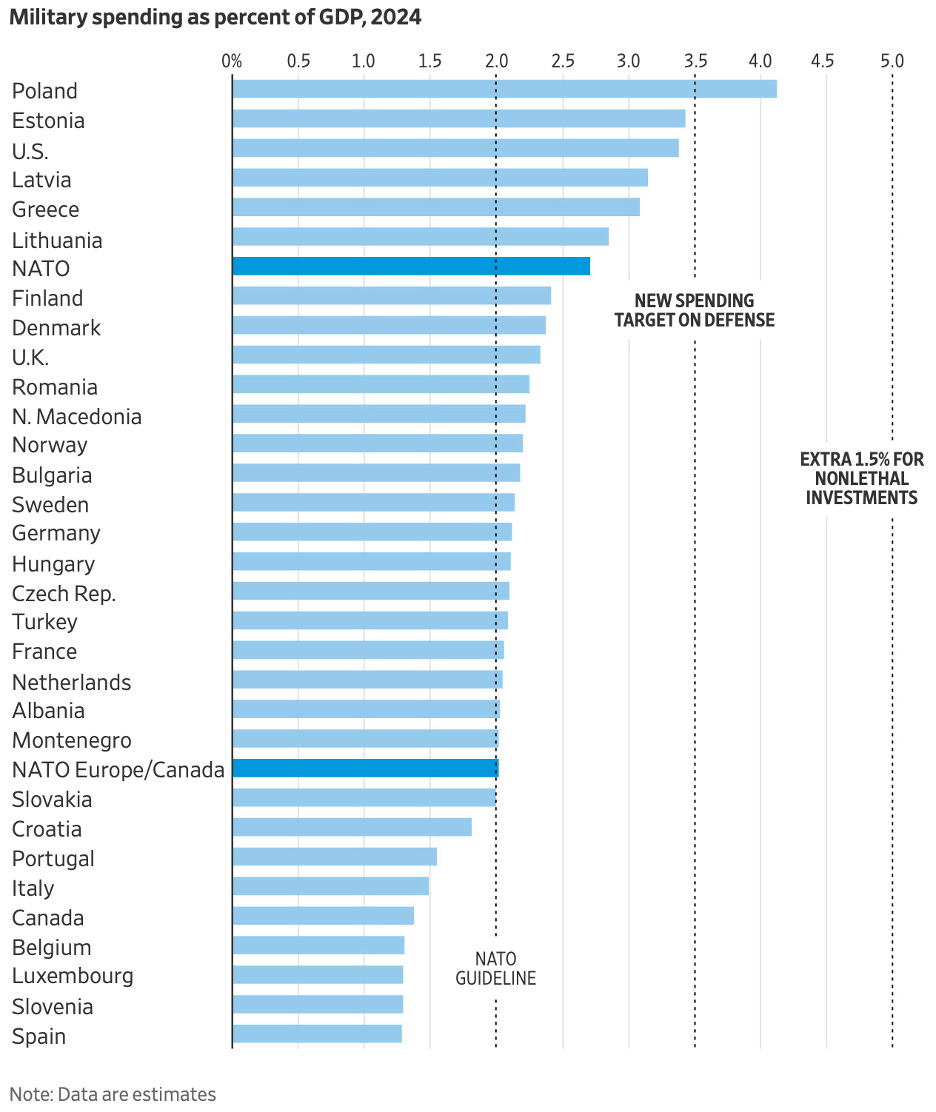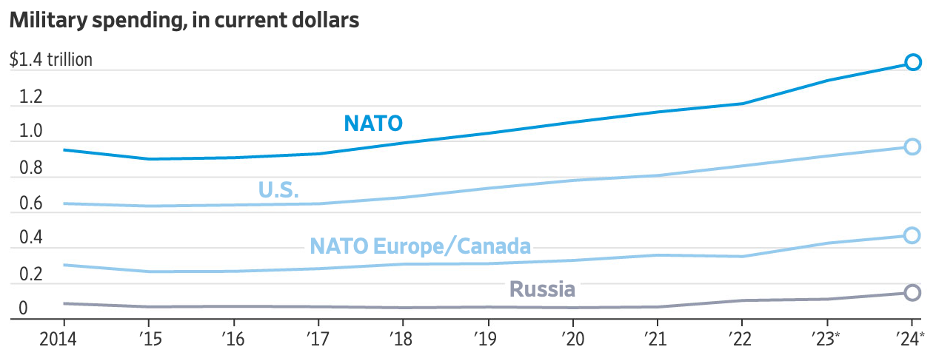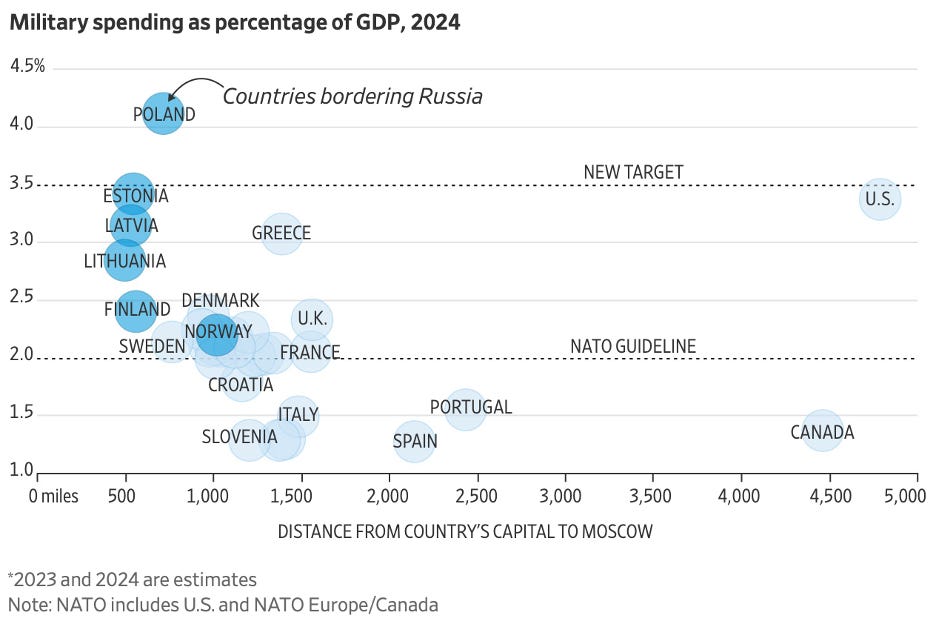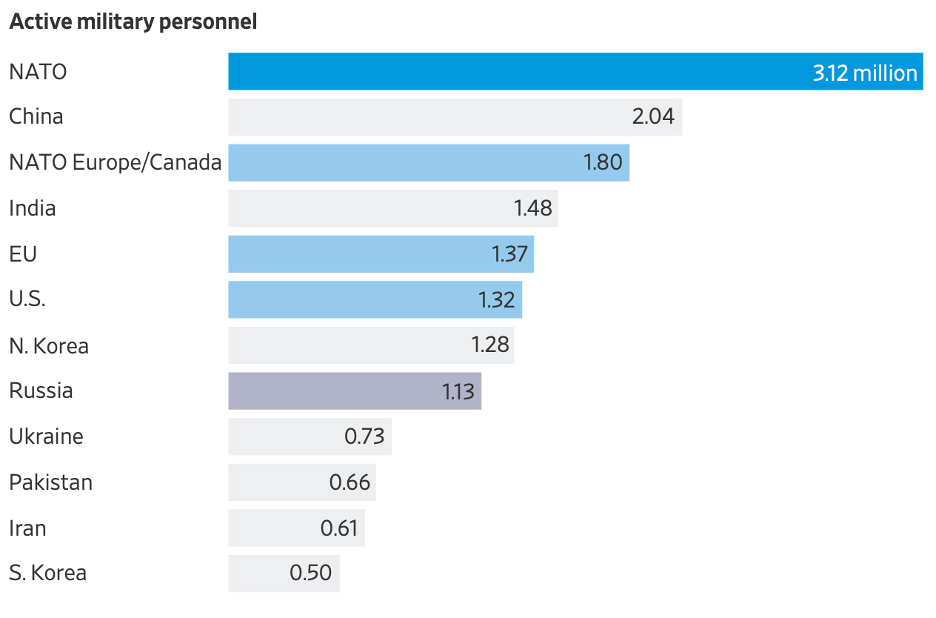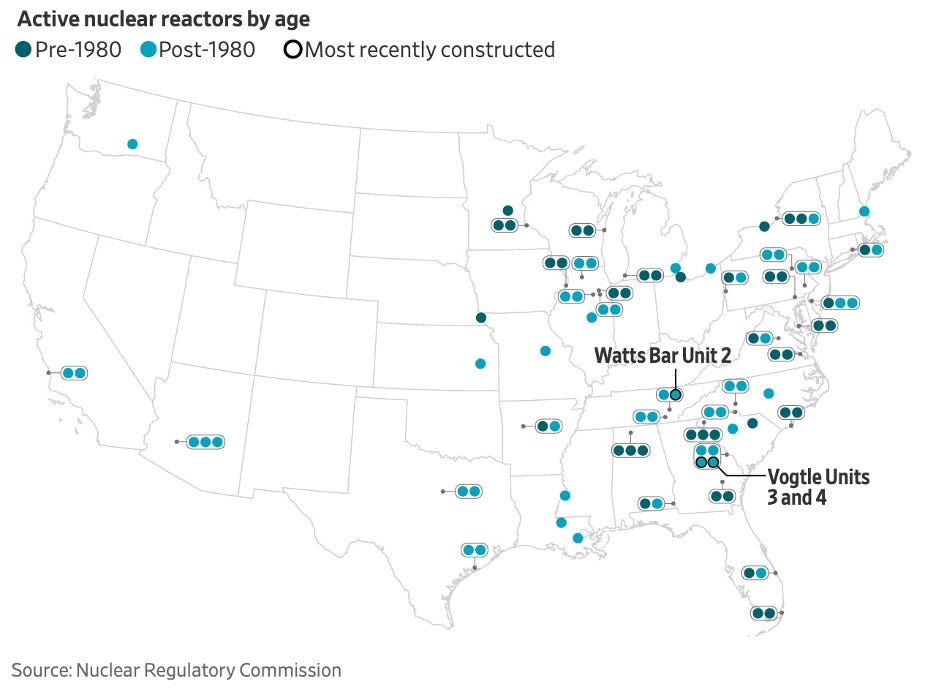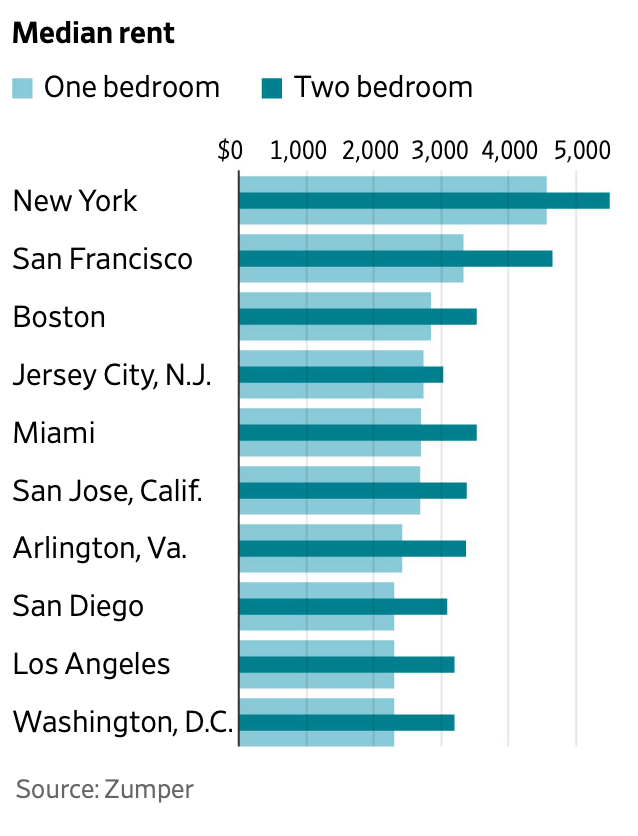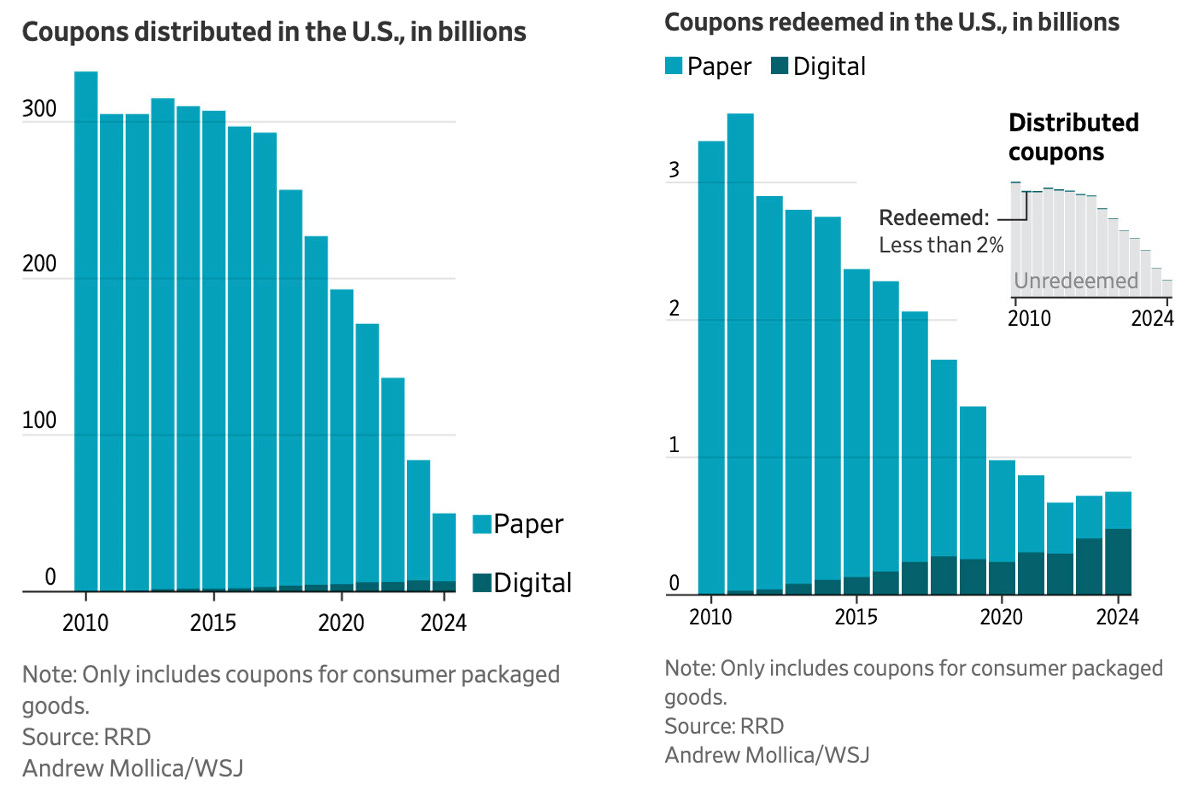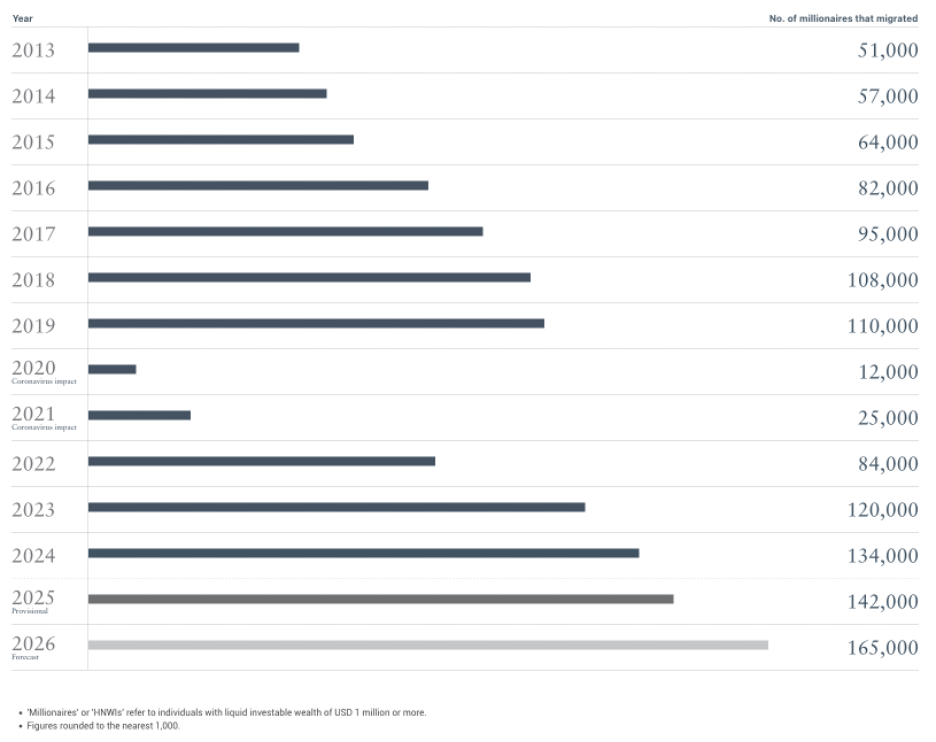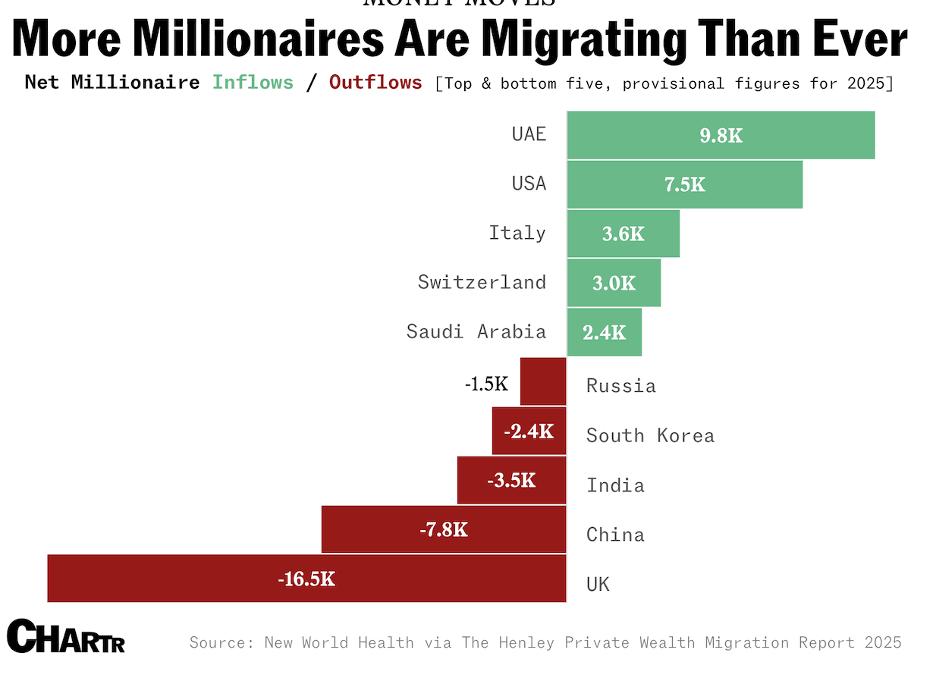14 Things from the week | 29 Jun 25
News from the past week, and a few other things.
International
1. NATO Agrees to New Defense Spending Target (CFR)
NATO allies endorsed a plan to spend 5 percent of their GDP on defense by 2035 and jointly reaffirmed their “ironclad commitment” to collective defense at its summit in The Hague today. The new goal includes both core military and related investments, and is a significant jump from the current target of 2 percent. The summit declaration said the new spending target would help the alliance respond to geopolitical threats—especially from Russia—and terrorism. It also voiced support for Ukraine, while omitting language from last year’s statement that Ukraine’s future was in NATO.
The new spending target, which breaks down into 3.5% for core defense spending and additional 1.5% in related investment including infrastructure and cybersecurity,
NOTE: Below is a fascinating read into the planning and execution of the Israeli attack on Iran.
2. Inside ‘Operation Narnia,’ the Daring Attack Israel Feared It Couldn’t Pull Off (WSJ)
At midnight on June 13, Israel’s generals gathered in a bunker beneath Israeli air force headquarters and watched as jets descended on Tehran in an operation they called “Red Wedding.”
Hours later and 1,000 miles away, Iran’s top military commanders were dead—a mass killing much like the famous wedding scene from the show “Game of Thrones.”
The combination of intelligence information and military precision that enabled the attack surprised people around the world. But it wasn’t the only improbable success at the outset of Israel’s 12-day campaign.
Another key part of the initial attack—considered so fantastical by even its planners that it was called “Operation Narnia,” after the fictional C.S. Lewis series—successfully killed nine top Iranian nuclear scientists almost simultaneously at their homes in Tehran.
Pulling off the attacks required elaborate ruses to ensure surprise. At the last moment, they nearly fell apart.
Economy
NOTE: If you haven’t read it, I recommend Warren Buffet’s warning about the current economic predicament we’re in…which he wrote 22 years ago.
3. America’s Growing Trade Deficit Is Selling the Nation Out From Under Us. Here’s a Way to Fix the Problem—And We Need to Do It Now. (Fortune)
I’m about to deliver a warning regarding the U.S. trade deficit and also suggest a remedy for the problem. But first I need to mention two reasons you might want to be skeptical about what I say. To begin, my forecasting record with respect to macroeconomics is far from
inspiring. For example, over the past two decades I was excessively fearful of inflation. More to the point at hand, I started way back in 1987 to publicly worry about our mounting trade deficits—and, as you know, we’ve not only survived but also thrived. So on the trade front,
score at least one “wolf” for me. Nevertheless, I am crying wolf again and this time backing it with Berkshire Hathaway’s money
Here are links to updated charts from the ones he showed 22 years ago:
Business
4. Nippon Steel Completes Its Acquisition of U.S. Steel (NYT)
Nippon Steel has completed its acquisition of U.S. Steel, the companies said on Wednesday, more than a year after it was first announced.
Soon after Nippon announced its plans to acquire U.S. Steel in December 2023, the company, based in Pennsylvania, a swing state in the presidential election, became part of a game of political football. The powerful United Steelworkers union pushed back against the deal, and President Joseph R. Biden Jr. blocked it over national security concerns.
Last month, President Trump, who had opposed the deal while he was on the campaign trail, said he had approved a transaction that granted the White House a golden share in the company, giving it extraordinary control over the new company as part of a national security agreement.
Mr. Trump and the companies have frequently referred to the deal as a partnership over the past several weeks, fueling mystery on Wall Street and in Washington over its nature. The companies said on Wednesday that they had “now completed the transaction as contemplated by their merger agreement,” effectively a confirmation that the deal is a sale to Nippon.
Shareholders in U.S. Steel had approved an acquisition that would pay $55 a share in cash if it closed.
Education
5. Signature moves: are we losing the ability to write by hand? (Guardian)
The Common Core State Standards for education in the US, which outline the skills students are expected to achieve at each grade level, no longer require students to learn cursive writing. Finland removed cursive writing from its schools in 2016, and Switzerland, among other countries, has also reduced instruction in cursive handwriting. One assessment claimed that more than 33% of students struggle to achieve competency in basic handwriting, meaning the ability to write legibly the letters of the alphabet (in both upper and lower case). “We’re trying to be realistic about skills that kids are going to need,” said one school board member in Greenville, South Carolina. “You can’t do everything. Something’s got to go.” Children who cannot write in cursive also can’t read it.
Schoolchildren are not the only ones who can no longer write or read cursive. Fewer and fewer of us put pen to paper to record our thoughts, correspond with friends, or even to jot down a grocery list. Instead of begging a celebrity for an autograph, we request a selfie. Many people no longer have the skill to do more than scrawl their name in an illegible script, and those who do will see that skill atrophy as they rely more on computers and smartphones. A newspaper in Toronto recorded the lament of a pastry instructor who realised that many of his culinary students couldn’t properly pipe an inscription in icing on a cake – their cursive writing was too shaky and indistinct to begin with.
The skill has deteriorated gradually, and many of us don’t notice our own loss until we’re asked to handwrite something and find ourselves bumbling as we put pen to paper. Some people still write in script for special occasions (a condolence letter, an elaborately calligraphed wedding invitation) or dash off a bastardised cursive on the rare occasions when they write a cheque, but apart from teachers, few people insist on a continued place for handwriting in everyday life.
But we lose something when handwriting disappears. We lose measurable cognitive skills, and we also lose the pleasure of using our hands and a writing implement in a process that for thousands of years has allowed humans to make our thoughts visible to one another. We lose the sensory experience of ink and paper and the visual pleasure of the handwritten word. We lose the ability to read the words of the dead.
We are far more likely to use our hands to type or swipe. We communicate more but with less physical effort, forgetting the vast evolutionary history that fitted us for physical movement and expression as a means of understanding our world.
Energy
6. New York to Build One of First U.S. Nuclear-Power Plants in Generation (WSJ)
New York intends to build a large nuclear-power facility, the first major new U.S. plant undertaken in more than 15 years and a big test of President Trump’s promise to expedite permitting for such projects.
Gov. Kathy Hochul said in an interview that she has directed the state’s public electric utility to add at least 1 gigawatt of new nuclear-power generation to its aging fleet of reactors. A gigawatt is roughly enough to power about a million homes.
The project could help jump-start a new era of U.S. nuclear-reactor construction. The nuclear industry has struggled for more than three decades to do much more than manage existing plants because of safety concerns, huge cost overruns and permitting processes that move at a glacial pace.
Politics
7. The Young College Grads Who Propelled Mamdani to Victory in New York (WSJ)
Zohran Mamdani, New York’s unlikely new Democratic candidate for mayor, ran on a socialist platform promising to uplift New Yorkers with rent freezes, city-owned grocery stores, and free bus rides. He was propelled to the Democratic primary in a stunning upset by a group of economic rebels just as unlikely: young, educated New Yorkers, many of them white.
Their support of 33-year-old Mamdani is rooted in deep economic frustrations that for decades plagued the working classes of the city. Now that frustration has become acute among college-educated earners, who battle steep rents and the lowest housing availability in more than half a century.
The inflation that has driven up costs nationwide has been particularly stubborn in the New York metro area. New York saw lower inflation than other parts of the country immediately after the pandemic, but over the past two years that has reversed. Consumer prices rose 7.5% between May 2023 and May 2025, well above the national rate of 5.7%, according to data from the Bureau of Labor Statistics.
The median rent for a two-bedroom apartment in New York City rose by 15.8% in the past year, to $5,500, according to listing site Zumper. That was the fastest increase among U.S. cities.
Mamdani’s buzzy campaign won the city’s Democratic mayoral primary on Tuesday by making the city’s cost of living its top issue. Young, college-educated voters who are worried about making a future for themselves in the city were receptive.
Personal Finance
8. Choosing ‘Buy Now, Pay Later’ at Checkout Will Now Factor Into Your Credit Score (WSJ)
Credit scores will start to take into account the hundreds of millions of loans tied to the “pay later” option at checkout. Fair Isaac Corp., the company behind the most widely used U.S. credit score, said Monday that it would roll out a new model that factors into its scores the “buy now, pay later” loans used to finance everything from Gucci belts to groceries.
It is the first time FICO has ever introduced a score to account for a type of loan, according to Ethan Dornhelm, vice president of scores and predictive analytics at FICO.
9. How Coupons Became Passé, Even in a High-Price World (WSJ)
Coupons, in short, are no longer cool—not even to the people who used to love them.
RRD, a marketing and commercial-printing services company, calculates that marketers distributed 50 billion coupons last year, down from more than 330 billion in 2010.
About 750 million coupons were redeemed last year, the company estimates, down from 3.3 billion in 2010. The huge majority of coupons that get distributed today, about 87%, are still on paper, but nearly two-thirds of coupons actually redeemed are digital.
10. More Homeowners Find Themselves Underwater (WSJ)
Homeowners who bought around the peak of the market are increasingly finding they owe more on their mortgages than their properties are worth.
The number of owners who are underwater is small but growing, and they have recently been concentrated in pandemic boomtowns such as Austin, Texas, and Cape Coral, Fla. A rapid rise in prices in these areas was followed by drops of almost 20% in some of them. Those who bought at the top have seen value slip out of their homes since then.
A typical decade’s worth of home-value growth was packed into just five years, starting in 2020, said Kara Ng, a senior economist at Zillow. Housing demand was driven by a perfect blend of low mortgage rates, high consumer savings and more people desiring larger spaces. Just about every major market experienced robust price growth, but the trend was turbocharged in some Sunbelt cities where remote workers flocked during the pandemic.
The record-fast growth cooled off around when mortgage rates began to rise in 2022 and affordability became stretched. A construction boom added supply to meet demand. There is now a more balanced market between buyers and sellers.
11. A record number of millionaires are upping sticks this year (Sherwood)
As the world’s millionaire count continues to tick up — with the global millionaire population rising by more than 684,000 to ~60 million last year, per UBS estimates — it follows that a growing number of seven-figure club members are moving to pastures that would better help keep them in the green.
Earlier this week, Henley & Partners released its annual Private Wealth Migration Report for 2025, which outlined that 142,000 millionaires, the highest number ever recorded, are expected to gain citizenship in another country this year. Next year, this number is expected to rise to 165,000.
According to Henley, this “mass movement of millionaires” marks the largest voluntary transfer of capital in modern history. With this comes a “profound shift in economic influence,” as regions with large inflows of millionaires enjoy new pools of investable wealth.
Space
12. World’s Largest Digital Camera Snaps Its First Photos of the Universe (WSJ)
The Vera C. Rubin Observatory on Monday released its first dazzling images of deep space in a preview of the cosmic movie the pioneering probe was built to create.
The U.S.-funded observatory, perched in an area of the Chilean Andes known for exceptionally dark skies, is equipped with the world’s largest digital camera and a 27.5-foot mirror that can capture light too faint for other telescopes to see.
Together, the photos will create a dynamic time-lapse record of the southern sky—essentially a vast celestial flipbook that is expected to document 38 billion objects, from galaxies and stars to black holes and supernovae.
The project, dubbed the Legacy Survey of Space and Time, is slated to begin later this year. It will advance four science goals: inventorying the solar system, mapping the Milky Way, cataloging billions of transient space objects and unlocking the mysteries of dark matter and dark energy.
AI & Tech
13. Federal judge rules copyrighted books are fair use for AI training (NBC)
A federal judge has sided with Anthropic in a major copyright ruling, declaring that artificial intelligence developers can train models using published books without authors’ consent.
The decision, filed Monday in U.S. District Court for the Northern District of California, sets a precedent that training AI systems on copyrighted works constitutes fair use. Though it doesn’t guarantee other courts will follow, Judge William Alsup’s ruling makes the case the first of dozens of ongoing copyright lawsuits to give an answer about fair use in the context of generative AI.
14. China unveils mosquito-sized drone (Telegraph)
At first glance, the tiny object – barely the size of a human fingernail – looks like a toy. Made to resemble a mosquito, it has two yellow, leaf-like wings, a black vertical body and three hair-thin legs.
The apparatus in question, developed by scientists at a university in China’s central Hunan province, is far from a plaything, however: it’s a new drone with a wide range of military and civilian uses.
Experts told The Telegraph that while the size of the drone might make it difficult to use on the battlefield, it has plenty of valuable and possibly dangerous uses for information gathering.
Have a great week!
The Curator


